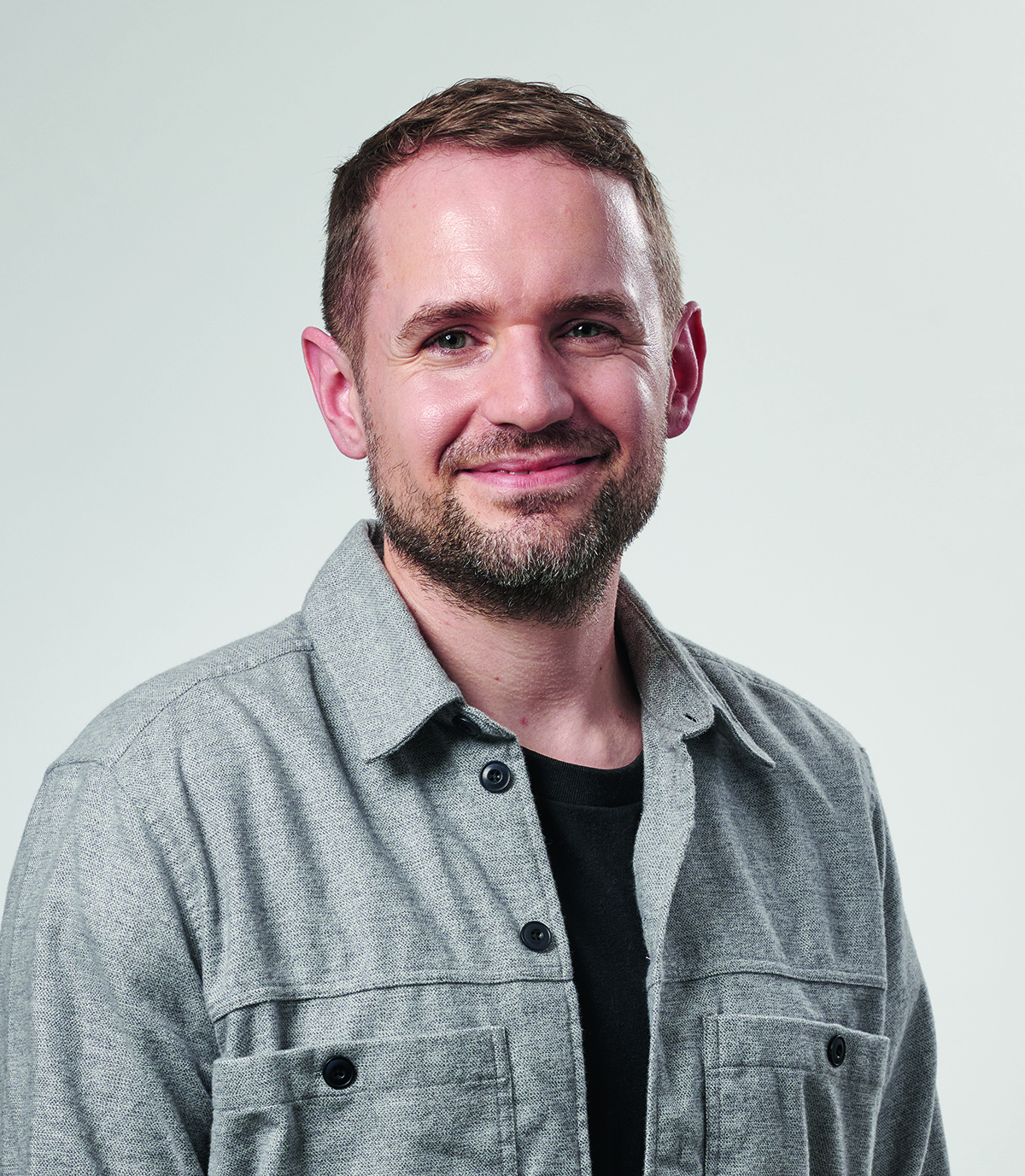The Making Of The Iceman
Director Ariel Shannon on his real-life hitman thriller, starring Michael Shannon
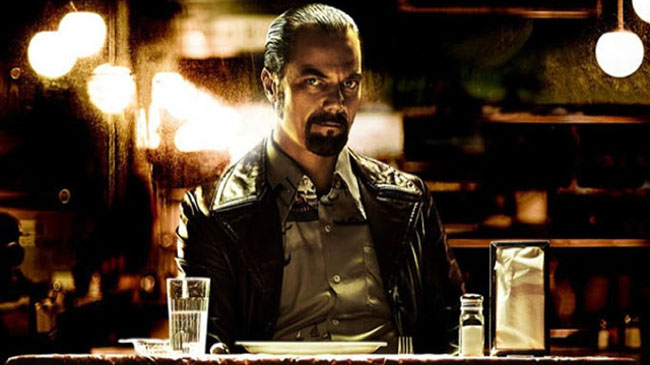
On learning about real-life contract killer Richard Kuklinski
Ariel Vromen, director of The Iceman : “I knew nothing about Richard Kuklinski before I started working on the film. The only connection I had with the story was a completely random night that I saw the documentary on HBO. The first part, not the second or the third.
“That was kind of like a hell of an experience for me because I remember when I watched it I was like ‘Wow, there’s something about this guy… it really bothers me that I feel a certain empathy when he came to the end speech.’
“And that started my quest on researching the story, the book, the court manuscript, his police state criminal records…everything.”
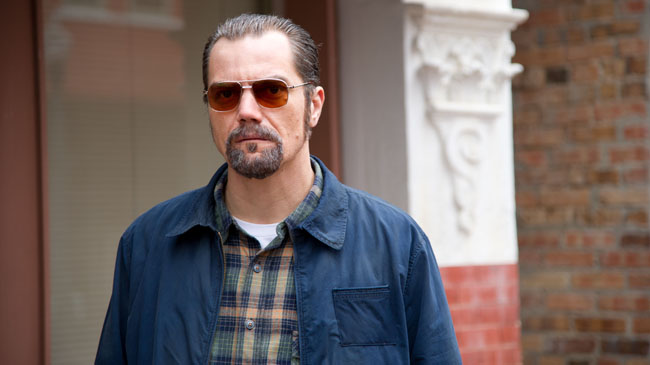
On wanting to put Kuklinskis story on screen
“It was not necessarily the empathy, it was the duality. It’s that idea that this guy can talk about murders in such a cold way and almost show no emotion about it, and then at the same time there’s still a place in his soul to love.
“It makes you ask yourself; what do we have as human beings? We have our memories, we have our love. But you can also be in such a disconnected duality from one place to another, you know? You can be that guy and you can be that guy.
“It started to remind me of a lot of people I know that are sometimes really brutal in their business interaction in their daily life and then they come back home and ask for such forgiveness, sweetness, security and love. That was the initial reasoning for me to go forward and try and make the project happen."
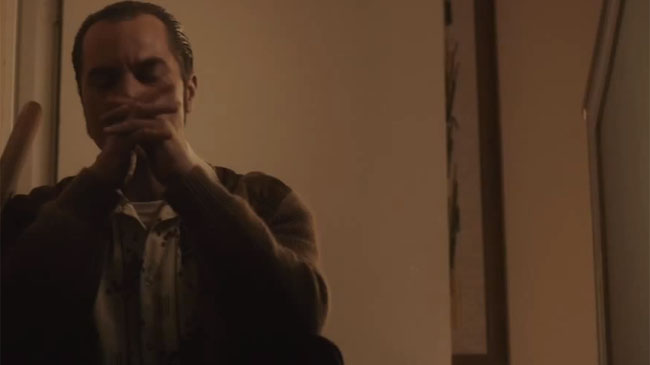
On getting Michael Shannon involved
“I saw Michael Shannon for the first time when he was nominated for an Academy Award for Supporting Actor for Revolutionary Road , and then I saw him at an Oscar party and I approached him. He was very nice and sweet but he thought that I couldn’t finance the movie with him leading it, not in that capacity. Afterwards I went and did my research and he was right.
“But then I saw him again and I couldn’t let go of this idea that he would lead this film. Then I saw him in a steak house and we accidentally both had dinner, literally, one next to the other. I came back and said, ‘We’ve gotta do something.’ He told me the classic line, ‘Well, we should figure it out.’
“I came up with the idea of doing a test scene with him to try and convince everybody that I could make it and he was the right guy. And that’s what we did. We shot a little scene from the film and that was the beginning of the Michael Shannon journey."
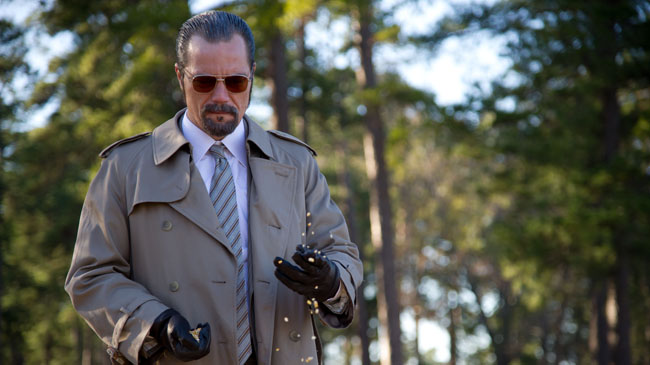
On Shannons on- and off-screen presence
“I would say Michael Shannon definitely isn’t the Iceman in his real life. He is pretty much a methodical actor.
“During shooting there were no jokes. In fact, he couldn’t even laugh because he had issues with the glue of his facial hair so every time he would smile or start laughing, his moustache would fly away. He literally kept it cold as stone the whole time.
“But then at nighttime we were racing to the only open restaurant in Shreveport, Louisiana where we shot the movie. Every now and again I had a good 45 minutes with him over dinner."
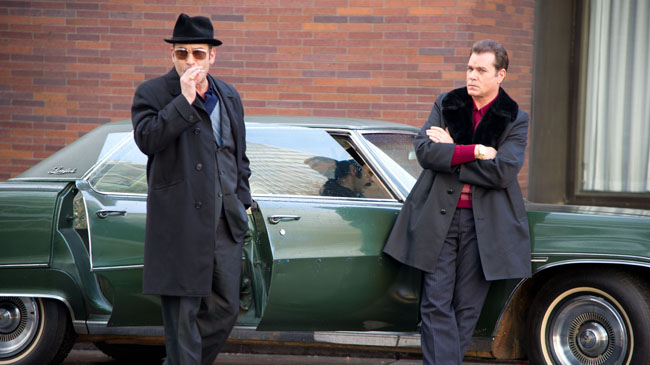
On getting the supporting cast involved
“Well, sometimes you need to take the first jump on the first actor, whether it’s financially viable or not. When you’re picking a guy like Mike Shannon, what it does is bring a certain credibility to the script and to the project. People become more intrigued to come along because, you know, we didn’t offer much money to anybody: we didn’t have much money!
“So that was kind of like the story of how everybody joined because Michael Shannon was like an actor magnet. Then there was the script and the whole idea of making the film; the ball was rolling from the story, the script and Mike.”
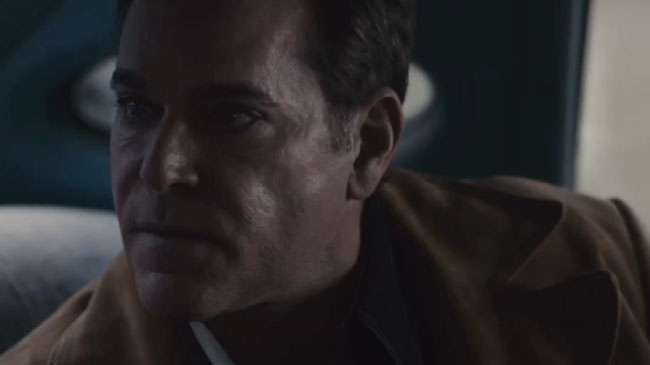
On the first day of shooting
“I remember that Ray Liotta was testing me. We were shooting the scene where Robert Davi’s coming to tell Ray Liotta about David Schwimmer’s character.
“I asked Ray Liotta if he could stand up and he was very funny, he was like, ‘You’re giving me directions?!’ And I was like, ‘Yeah,’ and he was like, ‘Nah, go play with your lenses, don’t even go there.’ I was insisting, ‘You know, if you want, we can stay here the whole day.’ It’s funny enough that the moment he tried it and he liked it, I started to gain some confidence. Now he’s a great friend obviously, and during shooting he became a great ally, but he really put me on the spot the first day.”
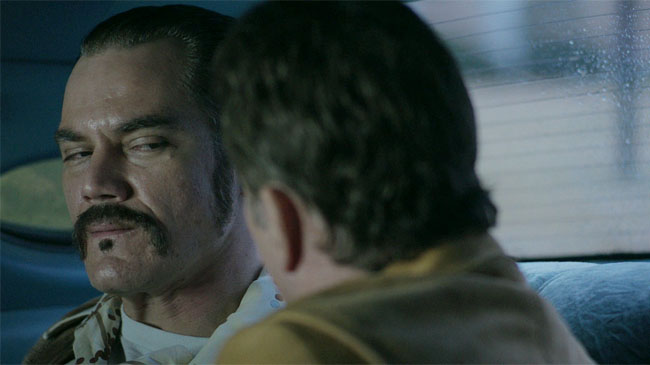
On the tension generated by the intense presence of Shannon and Liotta
[Potential spoilers follow for anyone who isn’t familiar with Kuklinski’s story.]
“When we shot the last scene of Ray Liotta in the car, when he’s threatening Kuklinski, he literally shoved the gun so far into Michael Shannon’s cheek.
“The day before he slapped him, when we shot the porn lab scene, he gave him at least, like, sixteen real slaps in the face. So I think at that point, it was all a matter of if Michael Shannon will be able to hold himself or not for a fight. But it worked."
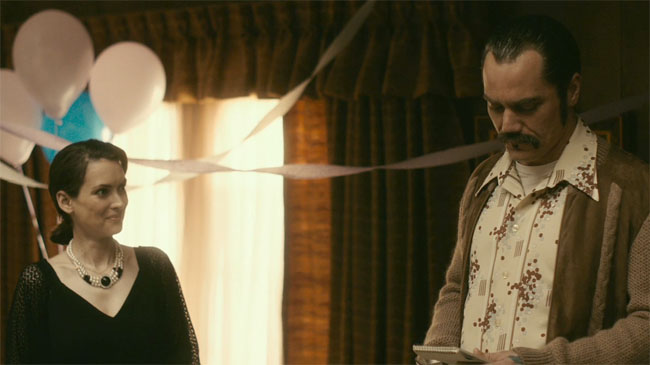
On not shooting in chronological order
“I shot first all of the violent scenes, and then I focused on all of the family scenes. Shannon’s frequently changing looks in the different eras of the story were a nightmare, more than anything.
“To begin with, shooting a film like that in 30 days when you have three different eras and so many different locations and different looks, it becomes a real dodgy ground to work on. So, we made mistakes.
“In fact, there’s one of my favourite scenes in the movie that was not even scripted. It’s when he writes the poem and he shaved. Just that one shot saved me on a mistake of continuity with the beard and moustache.”
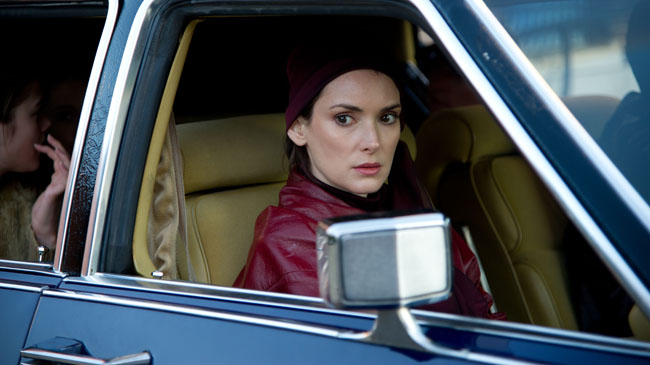
On the shoots biggest challenges
[Potential spoilers follow for anyone who isn’t familiar with Kuklinski’s story.]
“I think that everything that involves a lot of cars or a lot of wide shots that we had were a fucking disaster, because we did collect a few cars, we had about 12 or 14 cars, but none of them worked properly.
“So I’m calling an action and, it’s like ‘Vrrrrrr!’ from the movement of cars and then suddenly a car stops right in front of the camera. So dealing with the cars was very, very, very challenging, especially as we didn’t have any good mechanics.
“The other thing that was super challenging, a day that I remember, it was very intense day to shoot the arrest. The arrest was very, very intense, because both Mike and Winona Ryder are so methodical. She was crying the whole day in the car and he was screaming and being pulled down to the ground and there were no stunts or anything like that.
“They took it really hard; I remember that by the end of that day, people wanted to kill me.”
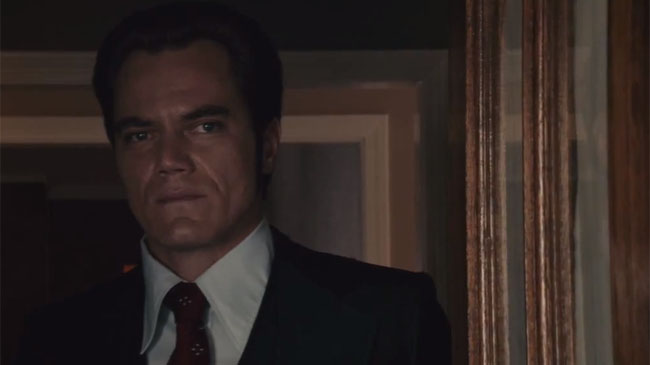
On deciding on which eras of Kuklinskis life to focus on
“Well, you know, when you have such a long story over 20 years, I guess for me it was almost like making one decision, and I decided to focus on the love story, in a way. He met the girl and he separated from the girl.
“I had many different versions of the draft of the script: I had the first act as completely involved with his childhood and how he became a murderer, but then when I kept on reading it and reading it and reading it, what came out very clear was that I was basically painting a portrait of the guy as an abused child, this was kind of like the mathematical psychology that being abused means he became a murderer. It became a very, very dangerous statement, even if it was true.
“So I decided to do what Martin Scorsese did in Raging Bull , by not even giving any information about how this guy became that animal without a soul and basically just trying to figure it out during the story rather than just feed you up at the beginning by saying, you know, this is what happened and this is what he became through the journey of an abused child.”
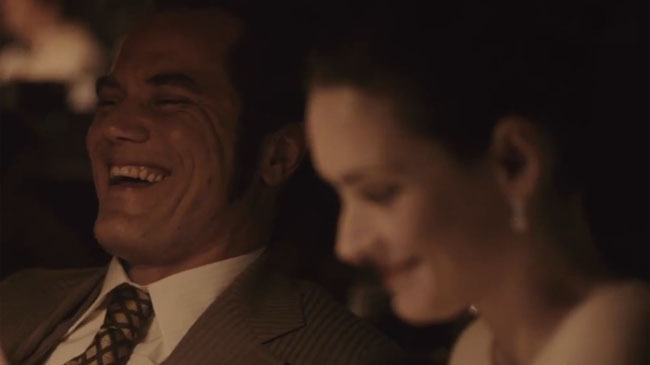
On stories about the real Kuklinski that didnt make it into the film
“There’s a couple of stories that I really loved and in fact, if I could even put them back in somewhere in my dreams, it would be great.
“There’s one story - in fact it’s where the script almost started - when he’s at a Sunday ceremony at the church and he’s an altar boy, and when he left the church there were a couple of kids that were really bullying him on the way home. He was running away from them and he tore his pants when he jumped over the fence. When he got back home, his dad was beating him pretty hard, and he got so humiliated by that, that at night, he took the closet pole and he waited for one of the guys that chased him and bullied him and hit him 32 times in the head.
“That was his first kill, when he was 16 years old, or 15, something like that. Just at that second, when he’s killing him, there’s no emotion in that shot. I remember I storyboarded that scene. It was almost supposed to be the opening of my movie. Could have been cool…”
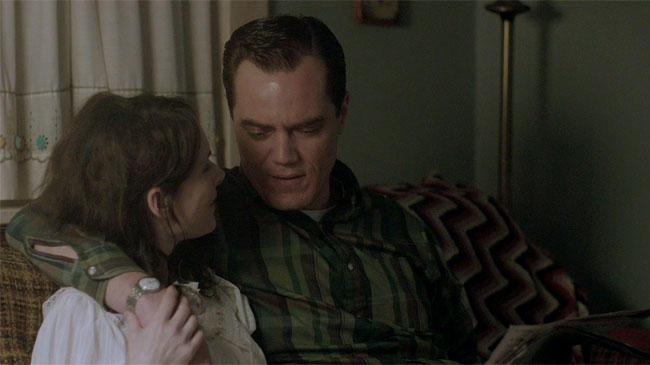
On finishing the movie and showing it to audiences
“You know, statistically, when you’re screening the movie for so long at festivals, we did so many screenings that I know for a fact that there are some people that really love it and obviously, there are people who related less.
“I know one thing that’s starting to become very clear to me is that 99 per cent of the people who saw it for the first time and responded to the movie, the second time they watched it they absolutely loved it. It’s really weird; even people who maybe had issues with the script here or there, suddenly the clarity was so much more defined on the second time.
“What I want people to get out of it eventually is the idea of seeing that we live in an interesting society where human beings can be stretched. People that you think you know, you might not know. It’s like the same story that happened in the States [ the Cleveland, Ohio kidnapping case ] with those three brothers that locked those girls down, every witness who they asked about those guys were like “Oh, those guys were the nicest guys! He was a good guy, he was a school bus driver…’
“So it’s kind of like being aware of the stretch of humanity and the fact that back then, people were sick, and they didn’t know that they were sick. It’s an interesting point of view of mental health, I guess.”
The Iceman opens in UK cinemas on 7 June 2013.
Matt Maytum is the former Editor of Total Film magazine. Over the past decade, Matt has worked in various roles for TF online and in print, including at GamesRadar+. Bucket-list-ticking career highlights have included reporting from the set of Tenet and Avengers: Infinity War, as well as covering Comic-Con, TIFF and the Sundance Film Festival.
